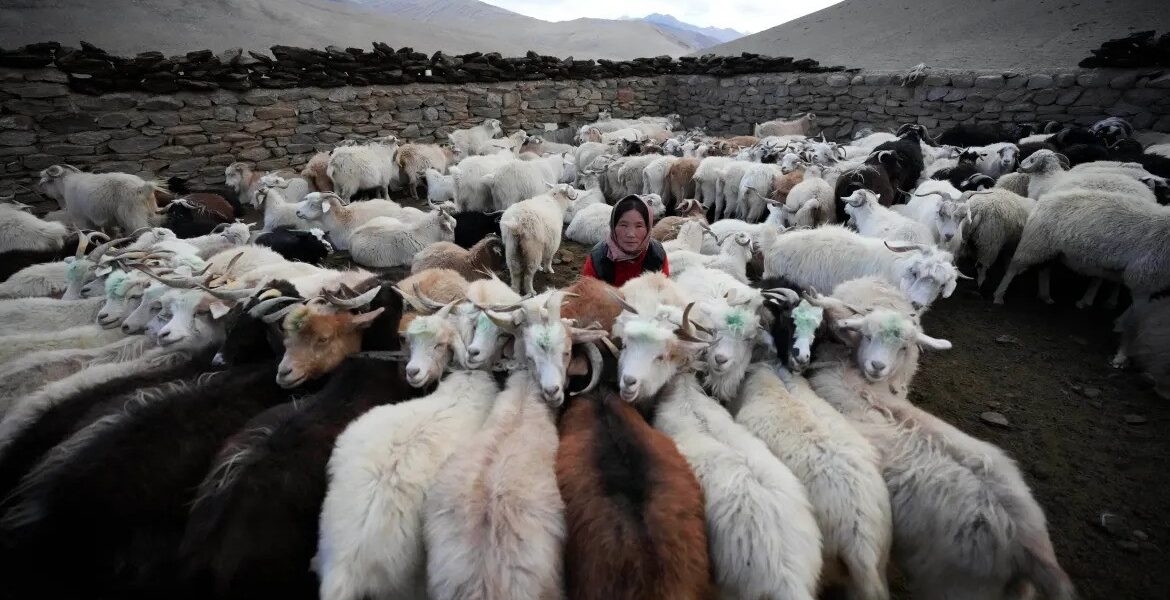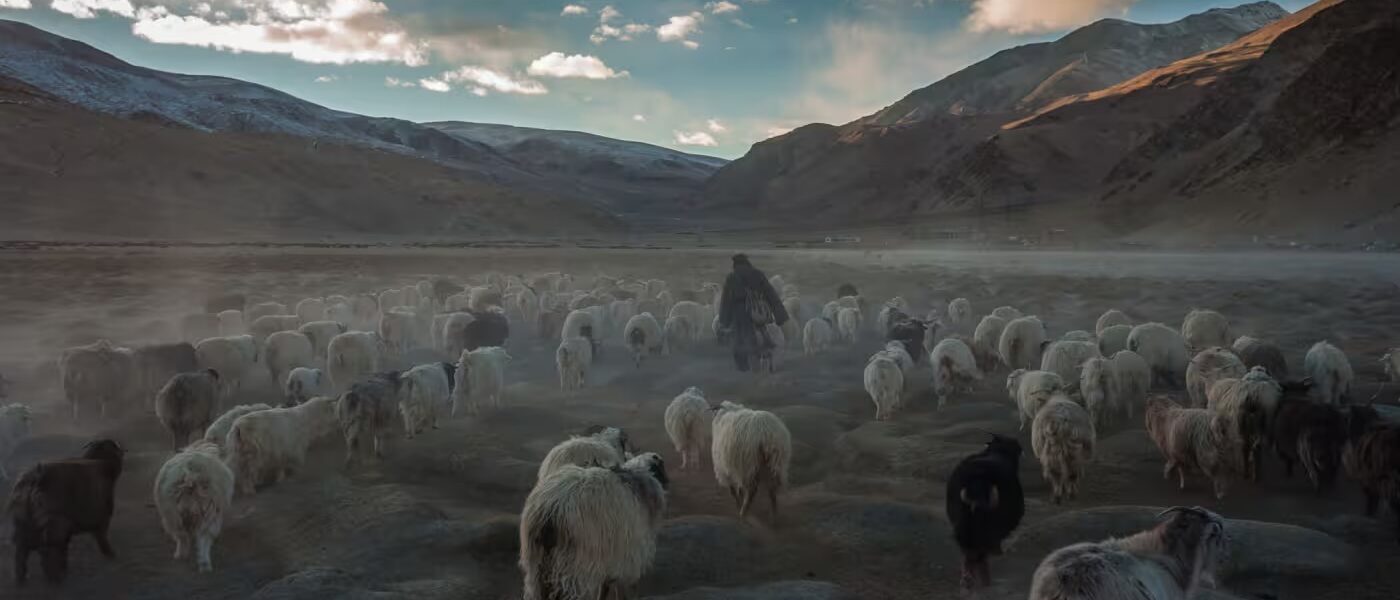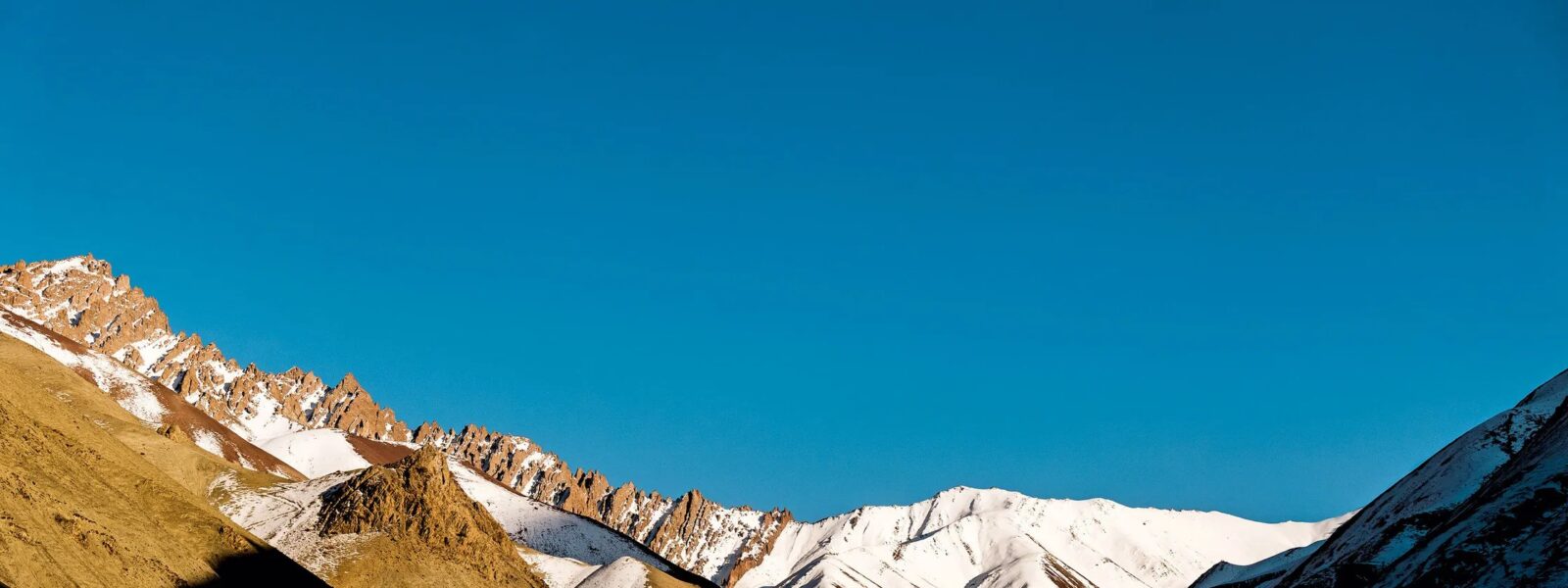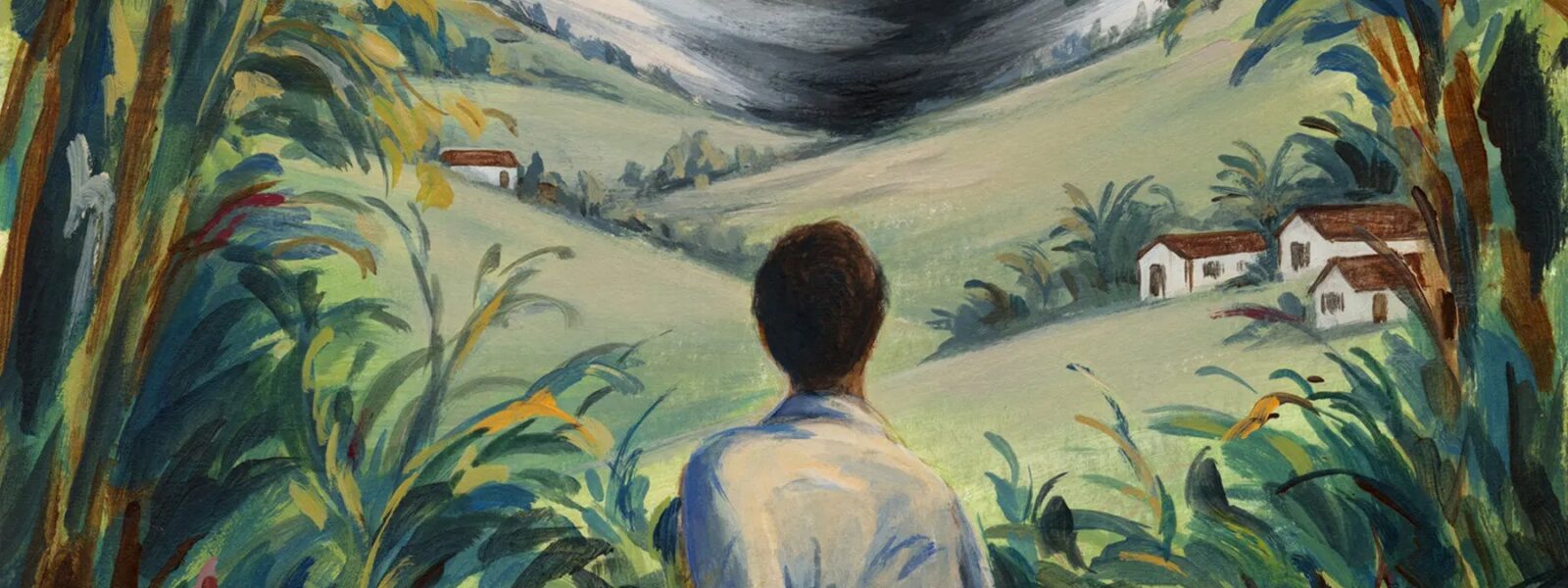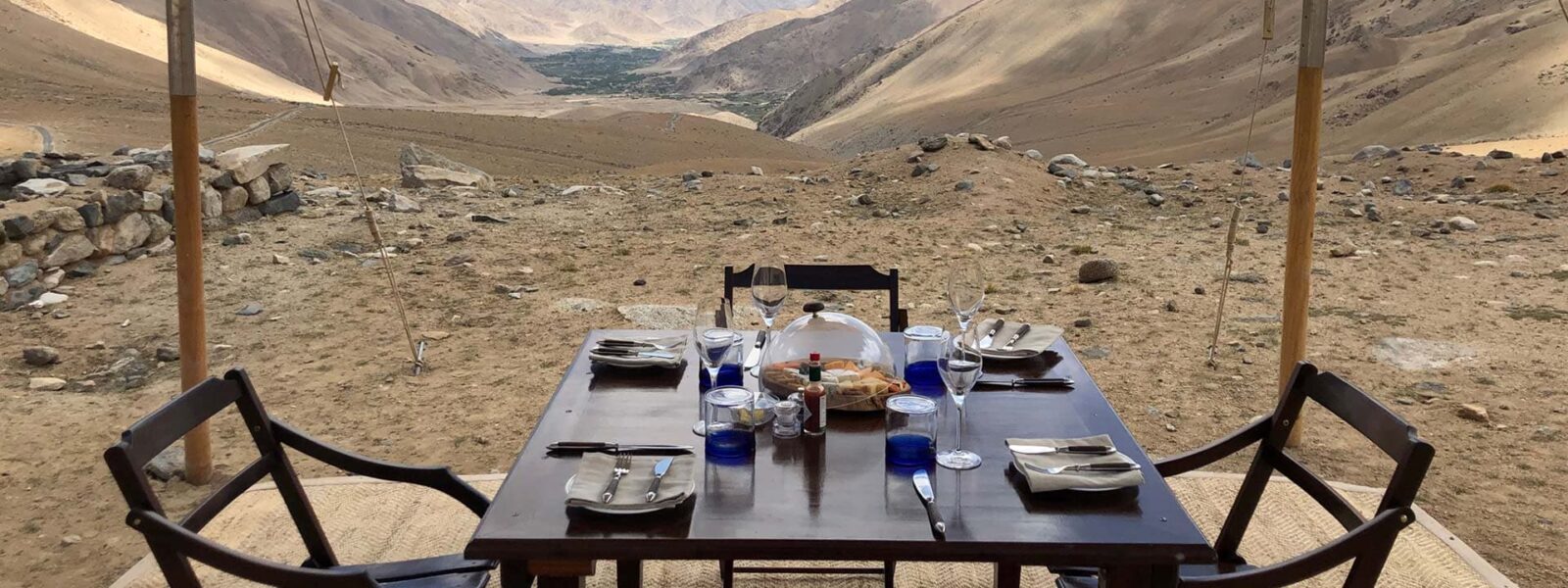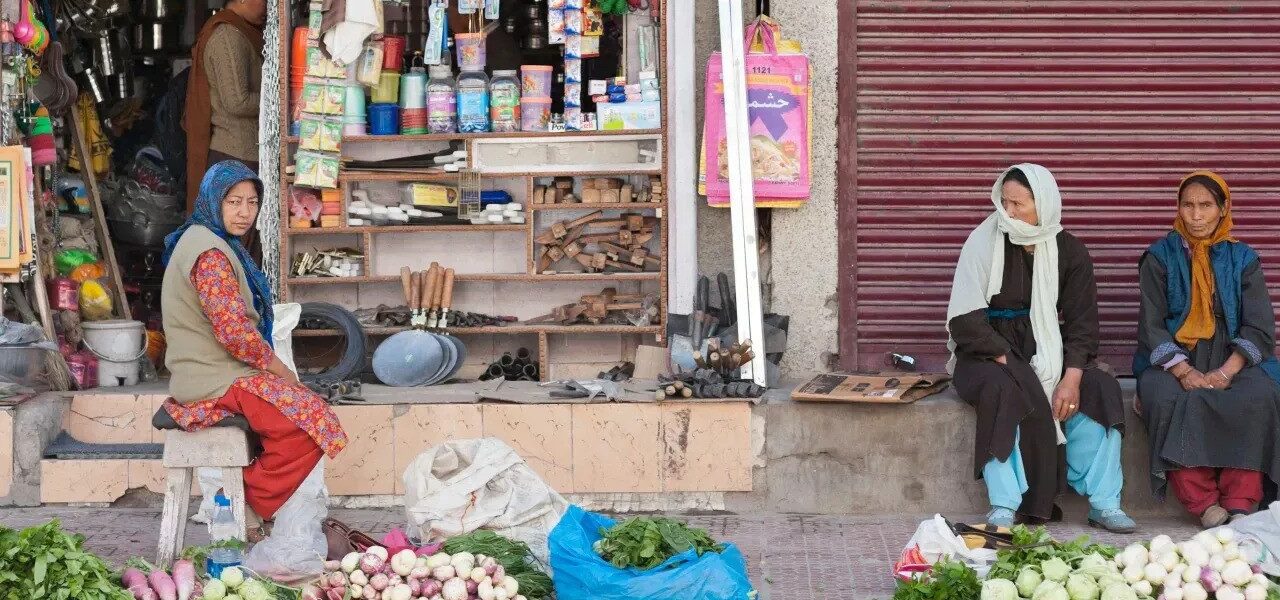Chapter 1: Where Silence Whispers Through Stone and Stars
Long after the sun has melted behind the jagged silhouettes of the Zanskar Range, a rare hush settles over Ladakh’s high-altitude plains. This is a land where the night is not a void, but a presence—breathing through broken castle walls, rustling past prayer flags, and stretching endlessly into a sky untouched by modern light.
I arrived at the ruins of Basgo Castle just before twilight. Perched dramatically on a crumbling cliff, this fortress whispers tales of Ladakh’s royal past. The walls—ochre, windworn, and cracked—seemed to absorb the glow of the fading sun. No signs. No turnstiles. Just solitude and centuries of memory.
As the stars began to pierce the sky, I laid my hand on a sun-warmed stone and felt an unexpected intimacy with this place. These moments—unguarded, unscripted—are what night in Ladakh offers in abundance. Ladakh’s castle ruins aren’t curated exhibits. They are open-air time machines that come alive under moonlight, telling stories to anyone willing to listen.
Wandering alone among these silent structures, it’s easy to feel the presence of something eternal. A breeze moved through the broken watchtowers and carried with it the scent of dry grass and ancient dust. Below the hill, the Indus River shimmered faintly in the dark—an artery of silver under a sky turning slowly cobalt.
For European travelers in search of authentic, offbeat experiences, these ruins offer something rare: time travel without the filters. There are no curated soundscapes here. No souvenir shops or ticket booths. Just stone, silence, and stars.
In recent years, this part of Ladakh has quietly become a destination for night photography, stargazing, and lovers of remote heritage. Unlike more famous destinations, the magic here lies not in crowds but in the quiet. On cloudless nights, you might catch the arc of the Milky Way rising directly behind a fortress wall, turning the whole landscape into a celestial amphitheater.
The best time to visit? Aim for the dry months of May through September, when the skies remain clear and the ruins are accessible by winding village roads. Be sure to bring a headlamp, a warm shawl, and a healthy sense of wonder. The nights here reward those who arrive slowly—and stay long enough to see the stars take shape behind the shadows of history.
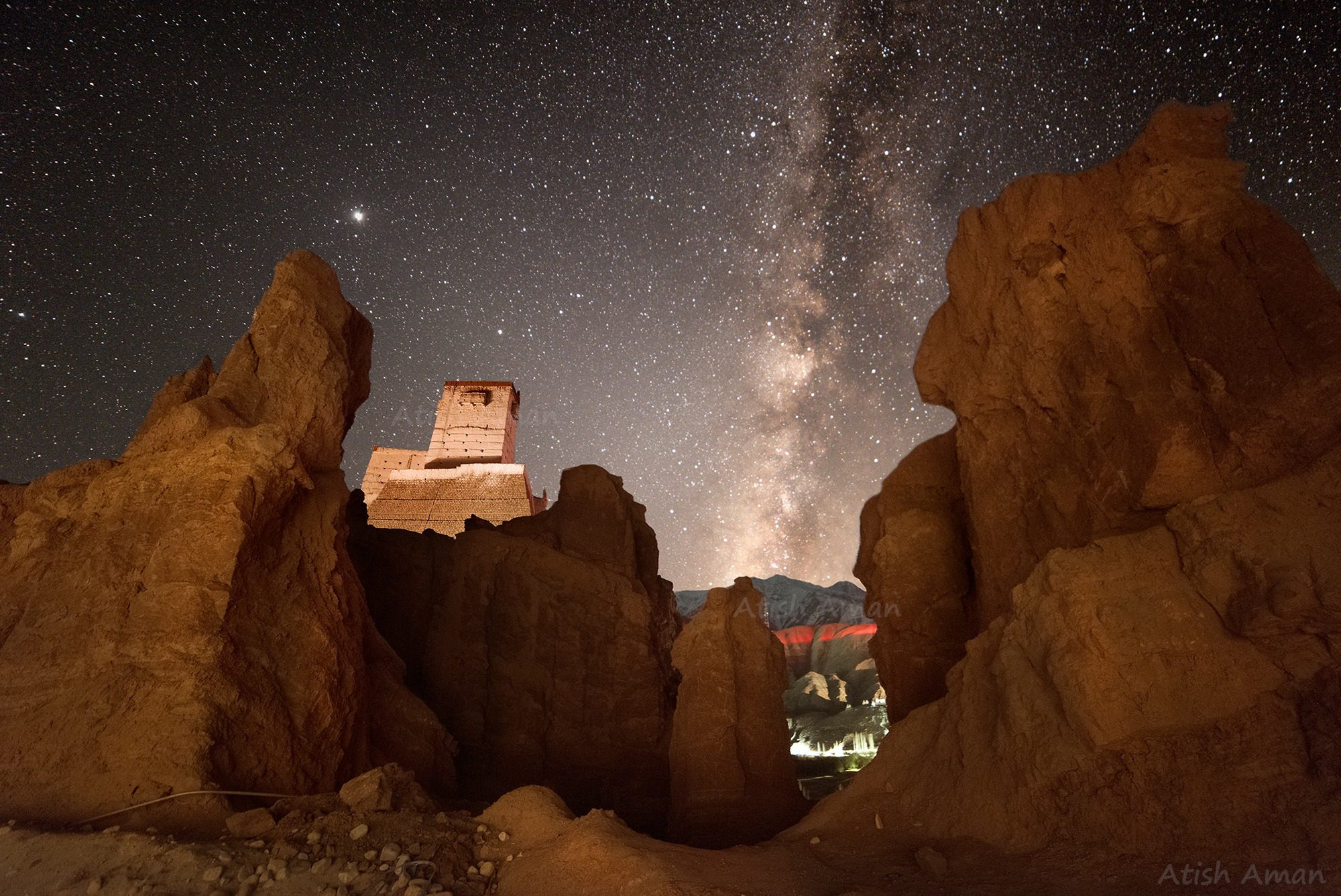
Chapter 2: Twilight Descends – Life After Sunset in the High Himalayas
When the last light disappears behind the copper-toned ridgelines of Ladakh, something sacred stirs. Dusk is not merely the end of a day—it is a transformation. A shift from the tactile world of sunlit valleys to the mystic realm of shadows and stories. Here in the Himalayas, nightfall does not come crashing in. It arrives like a slow, deliberate breath.
In the village of Yangthang, I watched as the children who had been chasing goats across the dry fields retreated indoors, their voices fading like the warm light on whitewashed walls. Thin columns of smoke began to rise from low chimneys. The scent of pine and barley mingled with that of burning dung cakes, the ever-present fuel of Ladakh’s high-altitude homes.
Remote Ladakhi villages at night are an experience unlike any other. You’ll find no streetlamps here, no glowing windows lined with neon signs. What you’ll find instead is the slow rhythm of village life adapting to darkness—elderly women spinning wool beneath butter-lamp light, monks murmuring evening chants in distant monasteries, and the soft shuffle of footsteps across packed earth.
For travelers who seek more than the familiar, who long to feel the pulse of a place after the tourists have left, this is Ladakh at its most profound. Twilight brings stillness—but not silence. Dogs bark, bells chime in temples, and somewhere far above, a raven crosses the darkening sky.
In offbeat Himalayan villages like Skurbuchan or Hemis Shukpachan, a walk at night feels almost ceremonial. With the moon rising above stone stupas and icy peaks silhouetted against stars, it’s easy to believe you’re moving through a painting. Or perhaps, through a dream.
For those interested in nocturnal Ladakh travel, it’s important to slow down. Let your eyes adjust. Let the darkness speak. These are places where phones lose signal but hearts find reception. Where you can sit on a flat rooftop wrapped in a yak wool blanket, sip butter tea, and listen to nothing but your own thoughts—echoing back from the canyon walls.
Travelers from Europe often speak of Ladakh as a place that awakens a forgotten part of themselves. And nowhere is that feeling stronger than after sunset. This is not a nightlife of clubs and cocktails. It is a night life of breath, stillness, ancient rhythms, and stars.
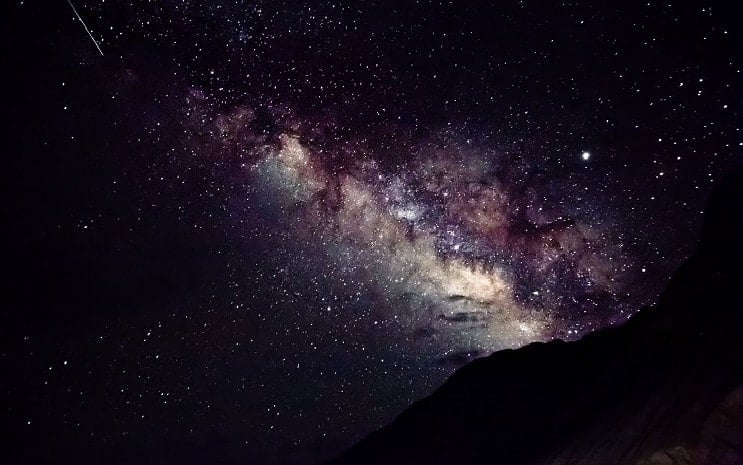
Chapter 3: The Milky Way Reveals Herself – Stargazing in Ladakh
There are places in the world where the night sky is so densely embroidered with stars that it feels like stepping into a forgotten myth. Ladakh is one of those rare sanctuaries. Once the villages sleep and the fires dim, the sky above reveals its secret: a radiant universe undiluted by light, pollution, or distraction.
On a clear night in Hanle, one of the world’s highest astronomical sites, I lay on the cold ground near a monastery wall. The Milky Way, wide as a river, spilled across the black canvas above. I could trace it from horizon to horizon with a single finger. Shooting stars darted like fireflies across the sky, and even Mars made a cameo appearance—blood-orange and bold, hovering over the peaks like a divine eye.
For European visitors seeking an unforgettable stargazing experience in Ladakh, this is the crown jewel. The region’s high elevation, dry air, and near-zero light pollution make it one of the finest locations in the world for viewing constellations, planets, and even galaxies. And best of all? You don’t need to be an astronomer. All you need is patience, warm layers, and a quiet heart.
Other popular sites for Milky Way photography in Ladakh include Lamayuru, Nubra Valley, and the quiet pastures near Tso Moriri. Each offers a unique silhouette: fortress ruins, lonely stupas, frozen lakes—all backlit by the cosmos.
Astro-tourism is slowly gaining recognition in this part of the Himalayas, and rightly so. Homestays and eco-camps are beginning to offer telescopes, rooftop platforms, and guided sessions with local skywatchers. But in truth, the best way to experience Ladakh’s stars is to simply walk away from the village lights and lie back.
I met a French couple who described their night in Uley as “une communion silencieuse avec l’univers”—a silent communion with the universe. They had never seen such clarity. Not even in the Alps, they said. The experience moved them to tears.
For travelers planning a night tour in Ladakh, the best months for stargazing are May through early October. Avoid full moons if you’re after the Milky Way. New moon nights are pure magic. Bring a tripod, but also bring a notebook—you might find yourself wanting to write poetry instead of adjusting settings.
In Ladakh, you don’t just see the stars. You feel them. In your breath, in your pulse, and in the quiet that stretches out forever. Here, the sky is not above you—it is part of you. A mirror to the mystery you carried all along.
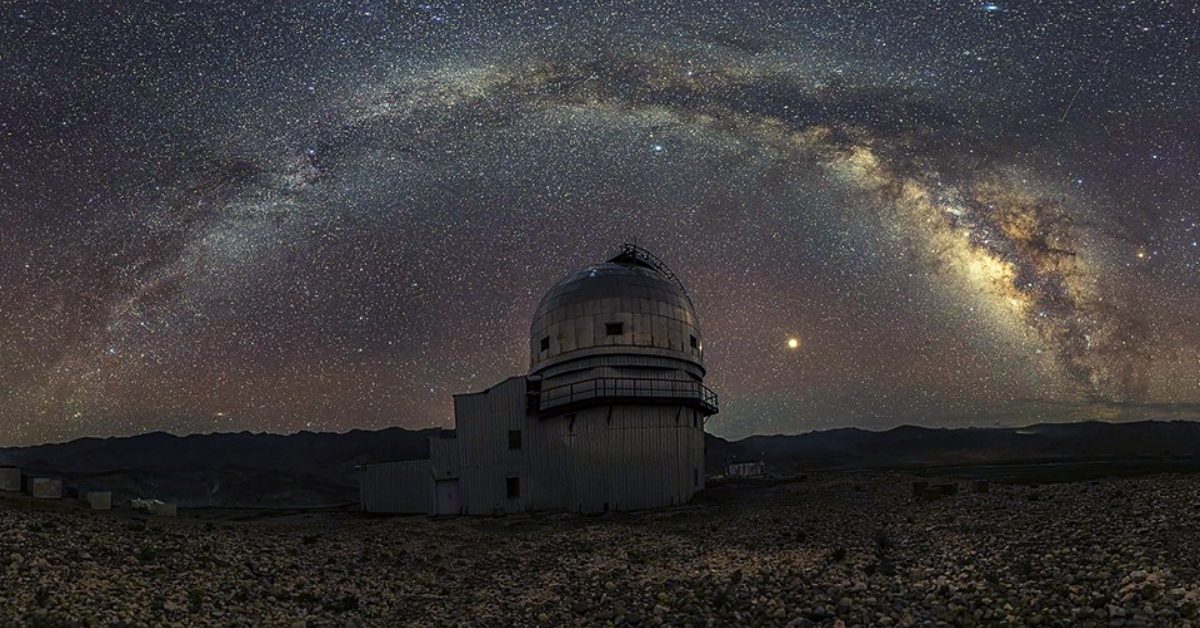
Chapter 4: Shooting the Silence – Night Photography and Castle Shadows
Not all silence is empty. In Ladakh, silence carries weight, depth, and sometimes even history. For those who travel with cameras slung over their shoulders and tripods tucked into their daypacks, Ladakh’s night is not a void to be slept through—it is a canvas, wide and wild, waiting to be captured in pixels and poetry.
At Chiktan Castle, I waited alone for darkness to fall. What remained of the fortress rose from the earth like the spine of a forgotten god. As the last hues of dusk bled into ink, the outline of jagged towers stood defiant against the rising stars. I mounted my camera on a low wall and exhaled. One click. Twenty seconds. And there it was—the Milky Way cascading over a crumbling kingdom.
Night photography in Ladakh is not just about technique; it’s about stillness, patience, and intuition. You’re not only documenting stars or ruins—you’re recording how the night breathes. The temperature drops sharply after sunset, and even the smallest sound—wind over stones, a distant dog’s bark—feels magnified. In such silence, the shutter’s click is a thunderclap.
For those interested in low-light and Milky Way photography, Ladakh offers some of the best conditions in India. High altitude means thinner air, which reduces atmospheric distortion. Lack of light pollution means the stars come alive in a way that few places on Earth can rival. Locations like Saspol cave murals, Turtuk ruins, and Diskit Monastery provide stunning contrast between man-made heritage and cosmic infinity.
European travelers often remark on how surreal it feels—photographing stars where Buddhist murals once told sacred stories. There’s a sense of time collapsing. A Dutch traveler I met in Hemis described her photo of the stupa under starlight as “a memory that didn’t exist until I made it real.”
Here are a few gentle suggestions for night photographers coming to Ladakh:
- Use a tripod. Even a second of hand-shake will ruin a long exposure.
- Wide-angle lenses with a low f-stop (f/2.8 or lower) work best for capturing stars.
- Scout locations in daylight. Finding safe footing near ruins in the dark can be tricky.
- Dress warmly. High-altitude nights are cold, even in July.
- Let the silence guide you. The best compositions often come when you stop looking and start listening.
Whether you’re chasing the arc of the Milky Way over a ruined wall or capturing the glow of prayer flags under moonlight, Ladakh’s night photography invites something more than technical skill. It invites reverence. Respect for the dark, for the past, and for the astonishing clarity of the sky.
This is where memory and myth meet light and lens. And sometimes, if you’re lucky, you return not just with photos—but with something eternal etched inside you.
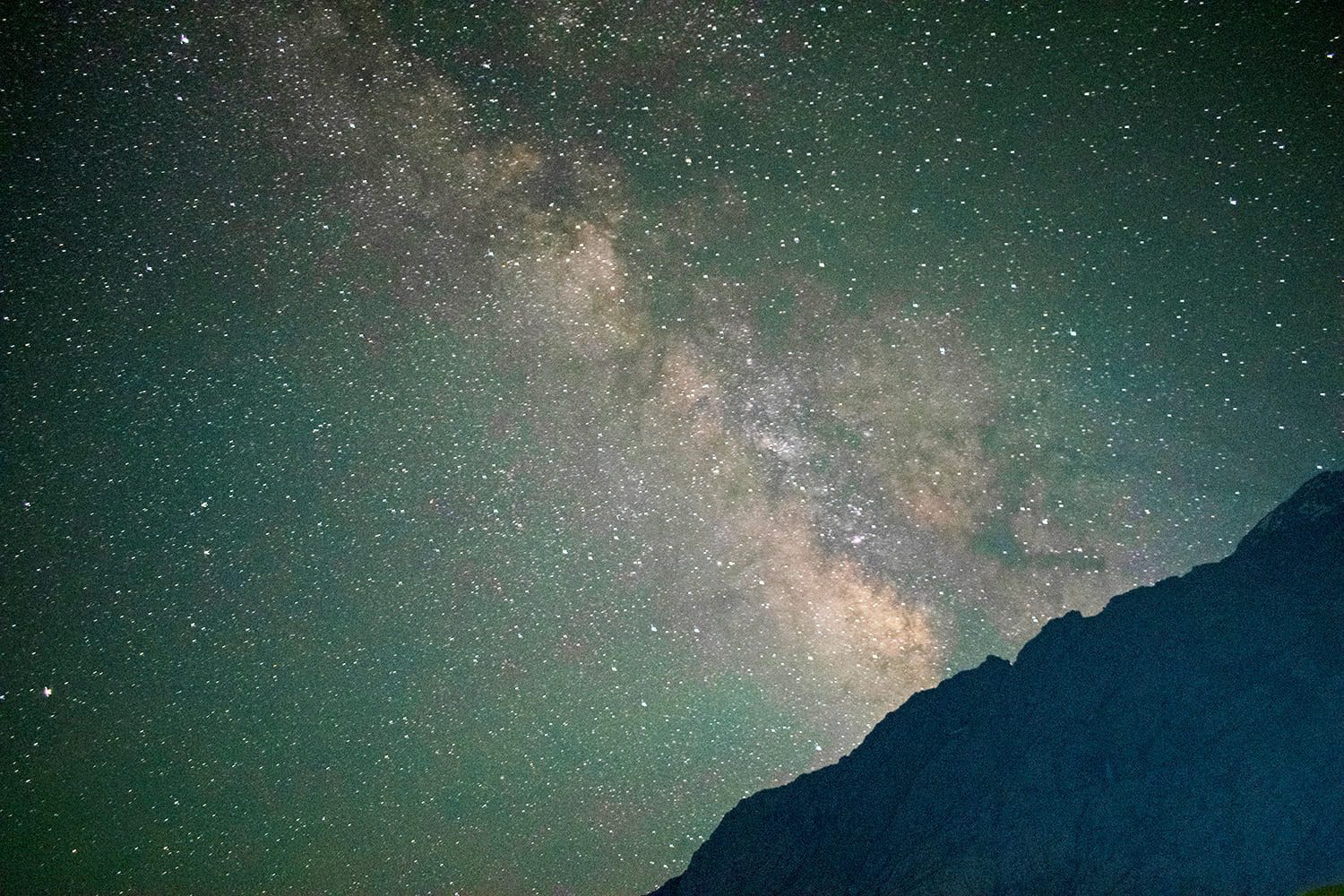
Chapter 5: Where to Sleep Beneath the Stars – Homestays and Castle Shadows
In Ladakh, the stars don’t disappear when you fall asleep—they keep watch. And if you choose the right place to stay, your night becomes more than a pause between days. It becomes a continuation of the journey. A moment where shelter, silence, and sky converge into something unforgettable.
Not far from the crumbling edges of Basgo Castle, I found a homestay run by an elderly couple who served me barley soup and stories in equal measure. Their rooftop, flat and open to the heavens, became my bedroom for the night. There was no glass dome, no artificial ambiance—just the sound of wind, a woolen blanket, and the Milky Way spilling quietly above.
For travelers seeking homestays near Ladakh’s ancient ruins, options are increasingly available yet still blissfully uncommercial. Places like Uley Tokpo, Skurbuchan, and Chiktan offer family-run accommodations where warmth is measured not in amenities, but in how quickly the tea is offered when you arrive. These are not hotels—they are homes. And when night falls, they become sanctuaries for stargazers and dreamers alike.
Some hosts provide simple stargazing setups—telescopes, blankets, and local tales about the constellations. Others simply offer silence and a flat rooftop. Both are perfect. Whether you’re in a remote Himalayan eco-lodge or a stone house tucked between poplar trees, the lack of urban light turns your surroundings into a natural observatory.
I met a German solo traveler in Hemis Shukpachan who said she came for the culture but stayed for the night sky. “I never imagined I would sleep so peacefully in a stranger’s home,” she told me. “It felt like the stars were part of the family.”
If you’re planning a night tour in Ladakh, here are a few recommendations for places where you can sleep under stars or beside history:
- Hanle Homestays – Near the Indian Astronomical Observatory, ideal for deep-sky stargazing.
- Uley Eco Camp – Cozy tents with open-sky views and warm hospitality near old monasteries.
- Chiktan Village – Stay near the majestic ruins of Chiktan Fort, with morning views of untouched landscapes.
- Lamayuru Retreats – Sleep near one of Ladakh’s oldest monasteries under dramatic mountain silhouettes.
What these places have in common is not luxury—but authenticity. You’ll eat what the family eats. You’ll rise with the sun. And you’ll remember how quiet the world once was, before it was wired and loud.
Where to sleep beneath the stars in Ladakh? Choose a place where history is within reach, and the sky is never out of sight. In doing so, you don’t just rest. You become part of the landscape, part of the night’s soft story, unfolding in silence above the roof of the world.
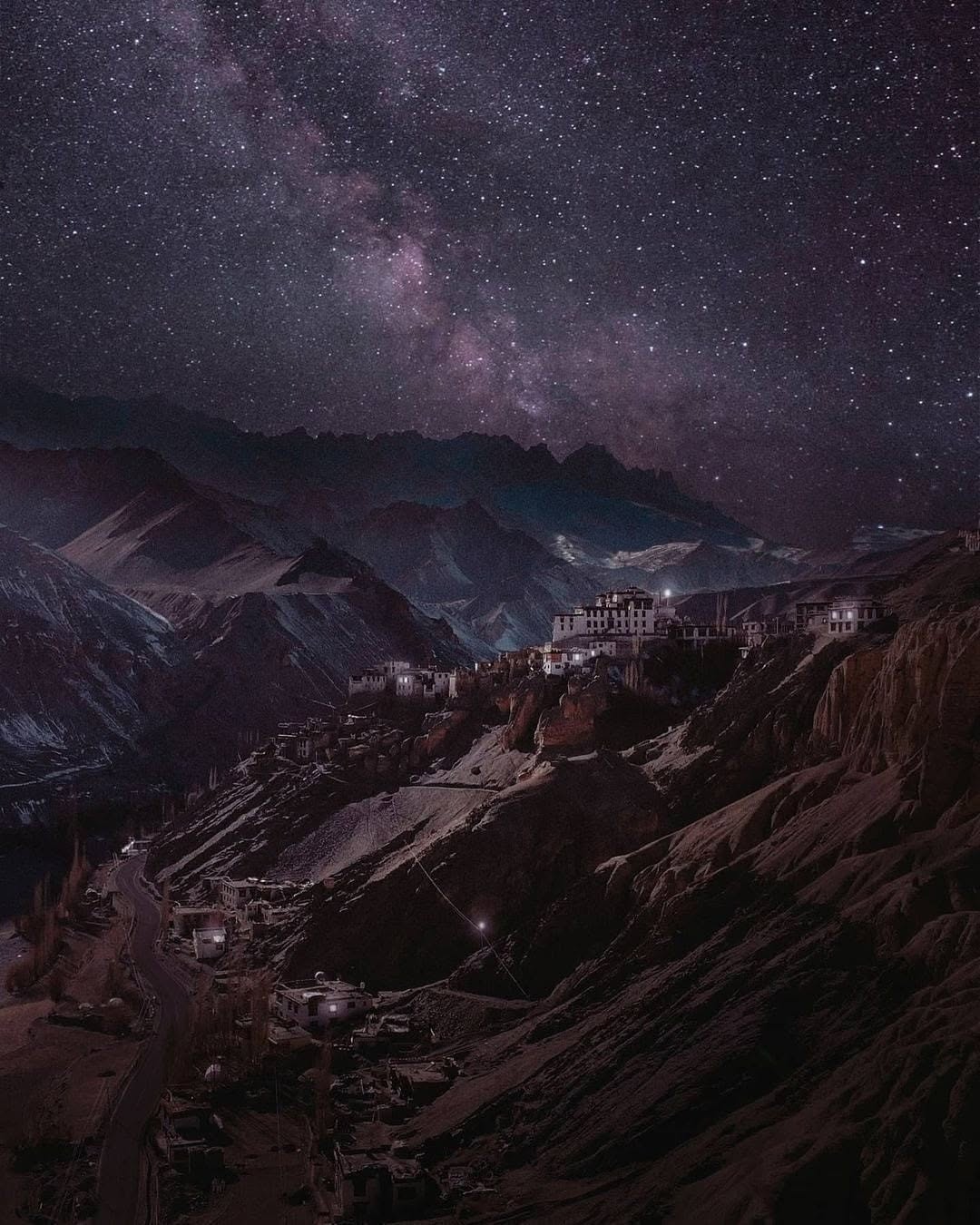
Chapter 6: Planning Your Own Night Adventure
The night in Ladakh is not just a backdrop—it’s a destination. If this journey through castles and constellations has stirred something in you, then it’s time to consider how to make your own Ladakhi night adventure real. Because these aren’t just places to visit—they’re moments waiting to happen.
Start by choosing your season wisely. The best months for a night tour in Ladakh are between May and early October. During this time, the skies are at their clearest, the air is crisp, and high-altitude trails and villages remain accessible. Avoid visiting during full moon if stargazing or Milky Way photography is your goal—new moon nights provide the darkest skies.
If you’re aiming to visit castle ruins at night, plan your hikes carefully. Most ruins like Basgo, Chiktan Fort, and the outskirts of Lamayuru are reachable via short treks from nearby roads or villages. Start in the late afternoon, carry a headlamp, and bring layers. Nights in Ladakh can turn icy even in July.
For those more inclined toward the celestial, build your itinerary around the stars. Places like Hanle (home to one of the world’s highest observatories), Tso Moriri, and Nubra Valley are known for having some of the clearest skies in India. Even smaller villages like Uley or Skurbuchan offer unforgettable sky-watching away from artificial light.
When booking accommodations, look for homestays or eco-lodges that support stargazing. Some provide basic astronomy equipment, while others simply offer an open rooftop, a wool blanket, and warm tea under the stars. That’s often all you need.
Here are a few essentials to pack for your Ladakhi night adventure:
- Warm layers – even summer nights can be chilly at high altitude.
- Headlamp or flashlight – with a red-light mode to protect night vision.
- Tripod and camera – if you’re interested in long exposure photography.
- Notebook or journal – because under these skies, words often come.
- Water bottle and snacks – especially if staying out late or hiking back after dark.
For European travelers in particular, Ladakh offers a refreshing kind of night—one untouched by urban glow. You won’t find bars or clubs here. But what you will find are moonlit ruins, centuries-old stone villages, and stars so close you’ll feel you can reach out and stir them.
Plan slowly. Travel quietly. And let the rhythm of Ladakh’s night guide your steps. This isn’t just a trip. It’s an invitation—to pause, to look up, and to remember how vast and beautiful the world once was… and still is.

Conclusion: The Sky Has Memory – Why Ladakh’s Nights Stay With You
Some places fade from memory as soon as we leave them. But not Ladakh. Especially not its nights. Long after you’ve flown home—back to the bustle of cities, the buzz of phones, the artificial glow of electric lives—the stillness of Ladakh’s starlit silence lingers.
Perhaps it’s the way the sky stretches wider than you thought possible. Or how castle ruins appear more alive at midnight than at noon. Perhaps it’s the rare kind of quiet that allows your thoughts to surface, unhurried. Or maybe it’s just that in a world constantly demanding attention, Ladakh’s night asks nothing of you except presence.
I’ve spoken to travelers from Vienna, Lisbon, and Kraków—people who arrived curious and left changed. A Belgian writer told me she had come for a trekking adventure but found instead “a pilgrimage under stars.” A couple from Florence said the night they spent near Chiktan Fort felt like “a love letter from the Earth.” These aren’t just poetic remarks. They’re testimonies to how Ladakh leaves its mark—not just on your passport, but on your soul.
In the quiet hours beneath Ladakh’s celestial canopy, something ancient seems to reach out. It doesn’t matter whether you’re sitting beside a crumbling monastery wall or lying on a homestay rooftop wrapped in yak wool. The message is always the same: you belong to something vast, and it’s waiting for you to notice.
So if you’ve been searching for a journey that begins not at the airport but somewhere deeper—in that quiet place between breath and wonder—let the night skies of Ladakh be your guide. They hold not only stars, but stories. Not only darkness, but memory.
And when you return home, you’ll look up on some quiet evening and realize you’ve brought a piece of Ladakh’s night with you. It may be invisible, but you’ll know it’s there. A feeling. A rhythm. A silence that speaks.
The sky has memory. And if you listen closely, you’ll find that now—so do you.
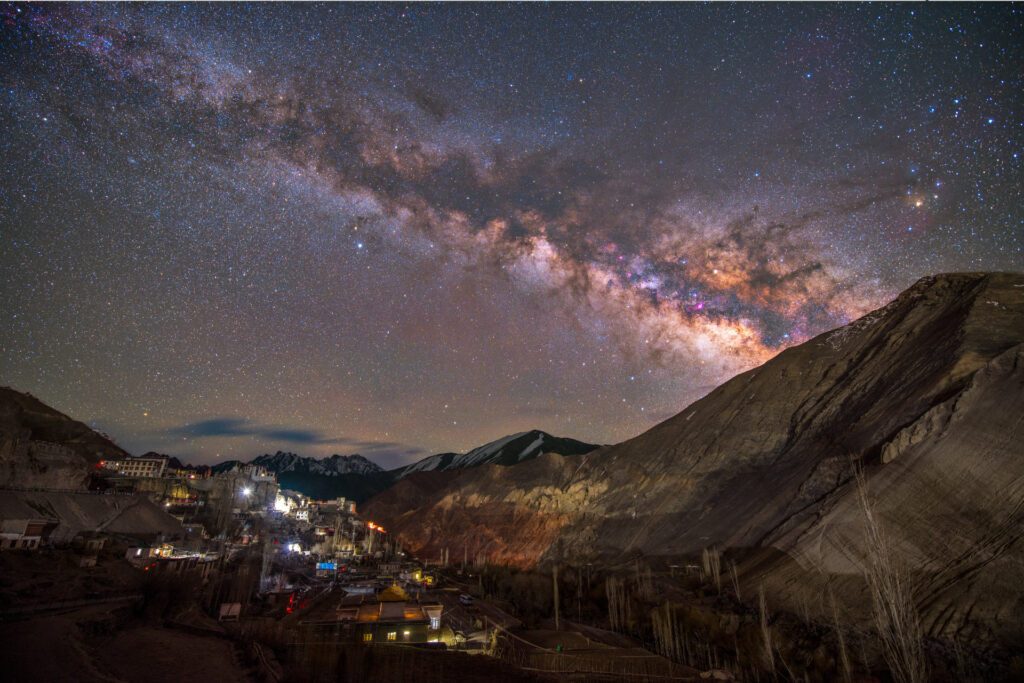
About the Author
Elena Marlowe is an Irish-born writer currently residing in a quiet village near Lake Bled, Slovenia. Her journeys often begin where the paved roads end—drawn to remote landscapes, disappearing cultures, and the timeless hush of starlit places.
With a background in comparative literature and a deep appreciation for silence, Elena writes to illuminate the soul of a place—not just its sights, but its shadows, winds, and whispered histories. Her columns are known for blending poetic insight with practical curiosity, guiding readers beyond tourist trails and into the heart of lived experience.
When not traveling or writing, she can be found sketching in mountain notebooks, reading translations of forgotten poets, or sipping herbal tea under alpine skies. Through her work, Elena invites fellow wanderers to slow down, look deeper, and rediscover the world as something sacred and shared.
You can follow her quiet adventures across Europe and Asia, where the journey is less about the destination—and more about what unfolds beneath the stars.


